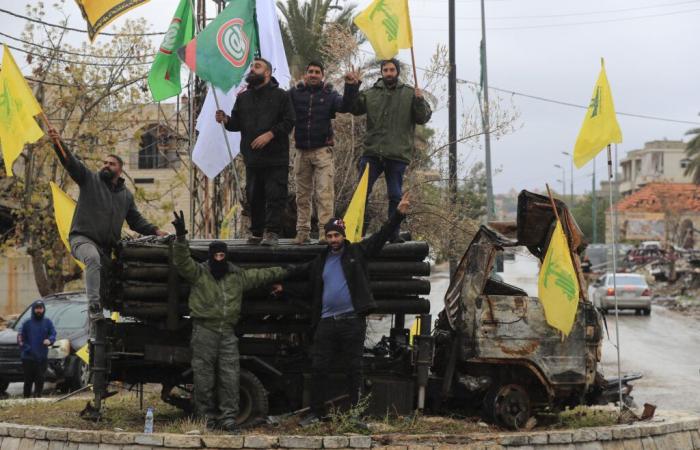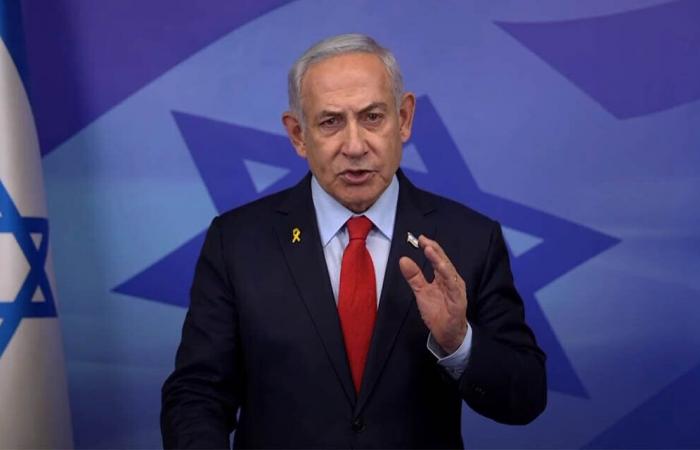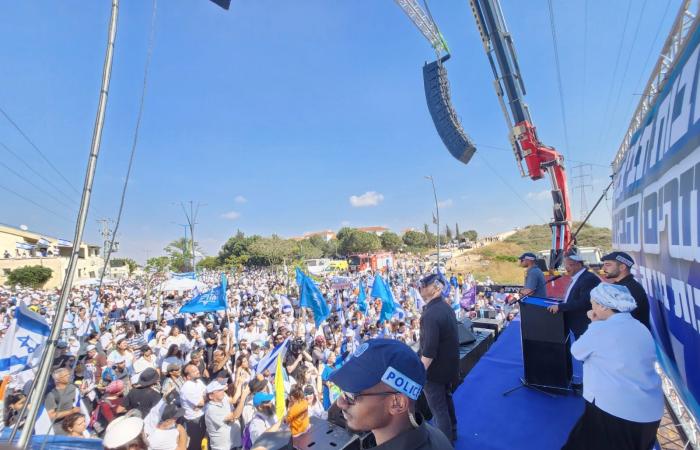We are in the very early days of the ceasefire that was concluded between Israel and Hezbollah.
Even as I write these lines, the planned schedule seems to have been overtaken by events: The Lebanese are returning to certain areas near the border where Israeli soldiers are still deployed – unsurprisingly, because the IDF was not expected to begin immediately its withdrawal and because the Lebanese forces which are supposed to take responsibility for these areas are not yet ready to position themselves in place of the IDF. Even as I write this, Israel has reported that members of Hezbollah have slipped among the residents of the villages who are now returning to their homes and the Israeli army has carried out warning shots to disperse them.
Hezbollah supporters pose near a destroyed rocket launcher following a ceasefire between Israel and Hezbollah that took effect Wednesday, Nov. 27, 2024, in Kfar Tebnit, Lebanon. (Credit: AP Photo/Mohammed Zaatari)
By the time you read this – or shortly after – things may have calmed down. Perhaps the deal will hold, soldiers and civilian lives will be spared, Hezbollah will be disarmed, Hamas will be more open to the potential terms of a hostage deal, and maybe even the hope entertained by the Americans regarding a process which would open the door to the normalization of relations between Israel and Saudi Arabia will be justified. Maybe.
Receive our daily edition for free by email so you don’t miss the best news. Free registration!
But maybe things will deteriorate further, that the ceasefire will collapse. After all, it is built, at its heart, on an extremely fragile concept, a concept that might even be absurd: Israel and Lebanon have committed to respecting a series of provisions that are supposed to be binding on a very weakened but still very powerful terrorist group, Hezbollah; for a terrorist group that still possesses tens of thousands of drones, rockets and missiles, as well as the capabilities to launch them.
It is the Lebanese army which must mainly guarantee that Hezbollah will withdraw from South Lebanon, that it will be separated from its armaments and that it will not be able to rearm, but these forces have proven that they have no neither the will nor the capacity to take on such a mission for eighteen years, even though this was exactly what Resolution 1701, adopted by the United Nations Security Council, asked them to do.
It is, therefore, a ceasefire agreement which will only hold as long as Hezbollah – which has not signed it and which is in no way threatened by the authority in charge of its implementation. implemented – will choose to respect it.
By proposing this agreement, Netanyahu went against the will expressed generally by his own supporters and he himself admitted, Tuesday evening, that the agreement did not allow him to achieve the objective set within the framework of the war – namely opening the door to the safe return of the 60,000 residents who had evacuated northern Israel. The prime minister is bitterly criticized by the heads of local councils in the north of the country, who have direct responsibility for the lives of these residents and who, while they recognize that Hezbollah cannot be completely destroyed – that would require conquering all of Lebanon – nevertheless say that the IDF campaign ended prematurely and under conditions, they fear, that could prove untenable for their communities.
Damage to a building in Haifa from a barrage of rockets fired from Lebanon by Hezbollah, November 24, 2024 (Courtesy)
On Tuesday evening, Netanyahu offered three reasons that he said led him to call for a ceasefire at this point. He spoke of the imperative to tackle the Iranian nuclear threat which is now, he said, his main concern; the need for IDF soldiers to take a break and the need for the army to restock with weapons. He also explained that the exclusion of Hezbollah from the war now isolated Hamas – an isolation which, he said, could help Israel move forward on the issue of repatriating the hostages still in Gaza.
But these three reasons, while compelling, do not adequately answer the big question at the heart of this agreement, an agreement finalized on this particular front and at the precise moment we are experiencing: Why enter into a ceasefire? -the fire with Hezbollah, while it has already been six months since an optimistic Joe Biden presented to the world a ceasefire agreement in Gaza which included the conditions imposed by Netanyahu, an agreement which, all things considered, , had been firmly rejected by the Prime Minister, who even took the opportunity to toughen his demands even further?
In Gaza, after all, Hamas – in Netanyahu’s own words – has lost its capacity as an organized military force. In Gaza as in Lebanon, there could have been, and undoubtedly would have been, an American “side letter” guaranteeing Israel’s right to resume fighting in the event of a breakdown in the ceasefire. And in Gaza, there are 101 hostages – many of them dead, the others risk dying a little more with each passing week.
On the Gaza front, Netanyahu forcefully asserted that if the army left the territory, it would never be allowed, on the international stage, to resume the fight – and yet this is precisely the permission he obtained regarding Hezbollah, a provision guaranteed by the United States.
On the Gaza front, he was not even ready to accept a first phase of truce of 42 days, during which 20 or 30 living hostages could finally regain their freedom.
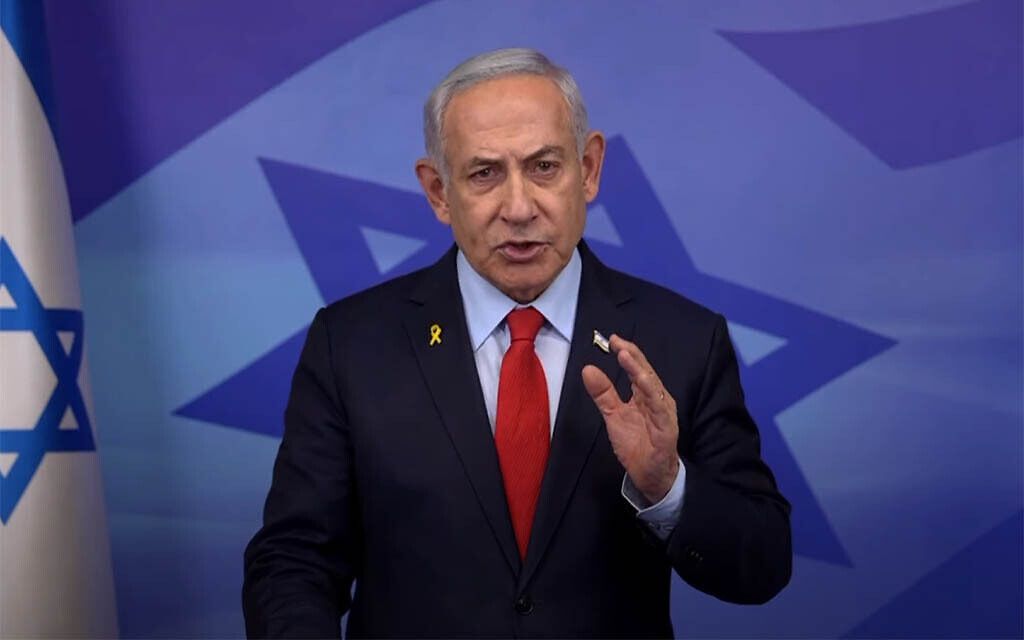
Prime Minister Benjamin Netanyahu speaking in a video statement on the ceasefire agreement between Israel and Hezbollah, November 26, 2024. (Screen capture/GPO)
Netanyahu’s ultra-Orthodox coalition partners may well believe that the ceasefire in Lebanon will ease public pressure on their young male voters to finally agree to share the burden of service military, to the extent that the Israeli army could be less required if the withdrawal from South Lebanon proves to be viable. And this is perhaps also, moreover, the opinion of the Prime Minister.
Perhaps he is also not ready – psychologically and in terms of restoring Israeli deterrence, not to mention the need for him to regain credibility – to stop hitting Hamas because it is indeed the Hamas which invaded and committed a pogrom on October 7, because it was Hamas which was unleashed in the south of Israel during the worst day known by the Jews since the Shoah, because it is well Hamas who had monstrously exploited the failed evaluations, erroneous policies and lack of basic precautions taken under his leadership.
But why did the far right, within the coalition, accept the Hezbollah ceasefire, with Bezalel Smotrich, the leader of Hatzionout HaDatit, voting in favor and Itamar Ben Gvir, of Otzma Yehudit, the only member of the security cabinet to vote against, renouncing his usual roaring threats to leave the government?
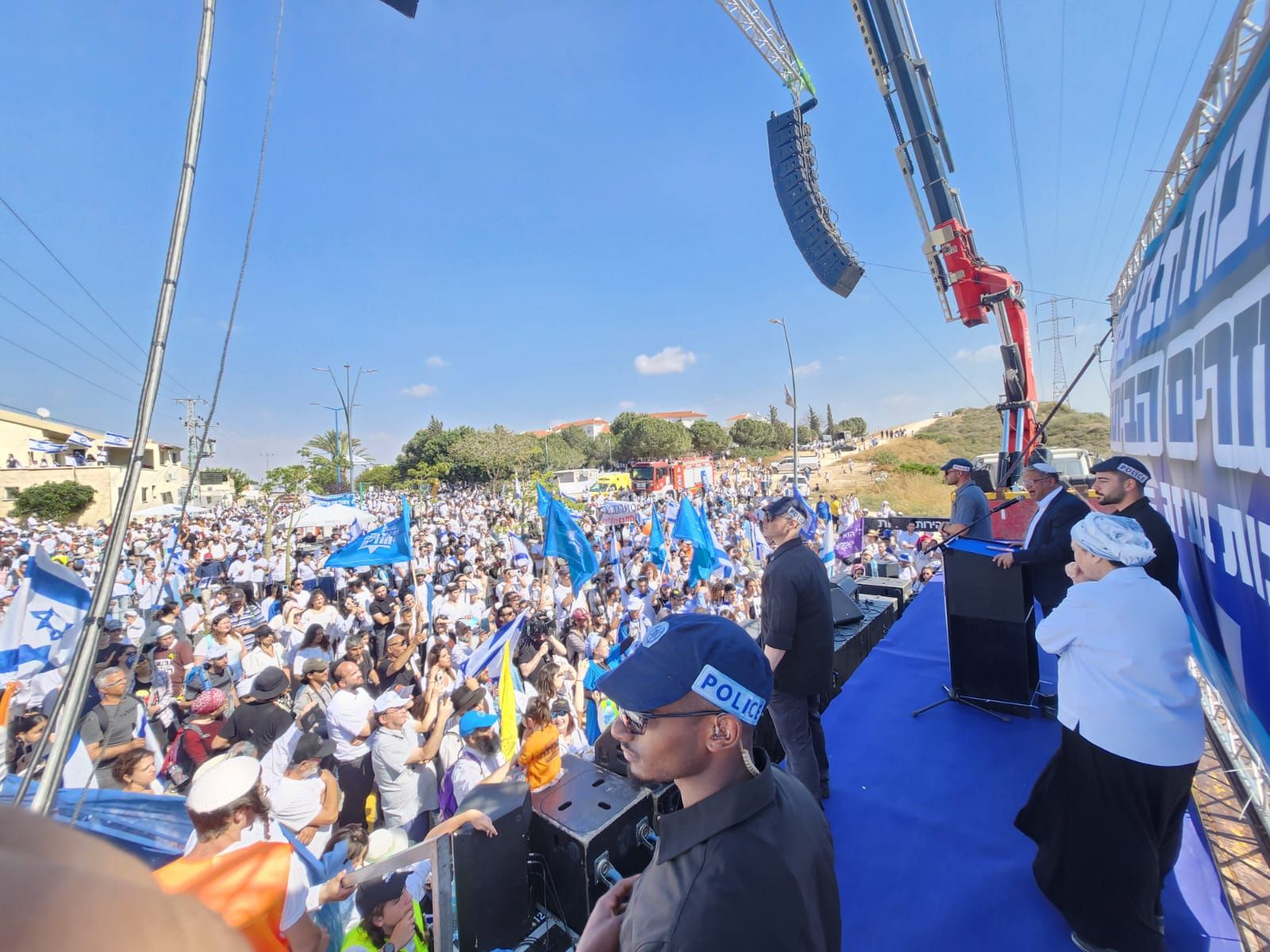
Thousands of people take part in an ultra-nationalist march and rally to call for the reconstruction of Jewish settlements in the Gaza Strip, in Sderot, May 14, 2024. (Pro-settlement Nachala Movement)
When it comes to Gaza, the far-right coalition parties, of course, have very different long-term ambitions from those for Lebanon. Otzma Yehudit and Hatzionout HaDatit want Israel to permanently reestablish itself in the Gaza Strip and for the Jewish presence to be reestablished there – as is also the case for a significant part of Netanyahu’s Likud. Smotrich publicly claimed this week that half of Gaza’s population could be “encouraged” to leave over the next two years.
This may not be Netanyahu’s goal – but it is certainly the goal pursued by the coalition extremists, a goal he has always encouraged until now. In the medium term, this would place more than two million deeply hostile Palestinians under Israeli rule – a liability, economic burden and security danger that would result in a permanent handicap for Israel.
But before getting there, let’s ask ourselves the question: if we give priority to a fragile ceasefire with a powerful Hezbollah and if we insistently renounce a ceasefire with Hamas very weakened, what about the hostages?…
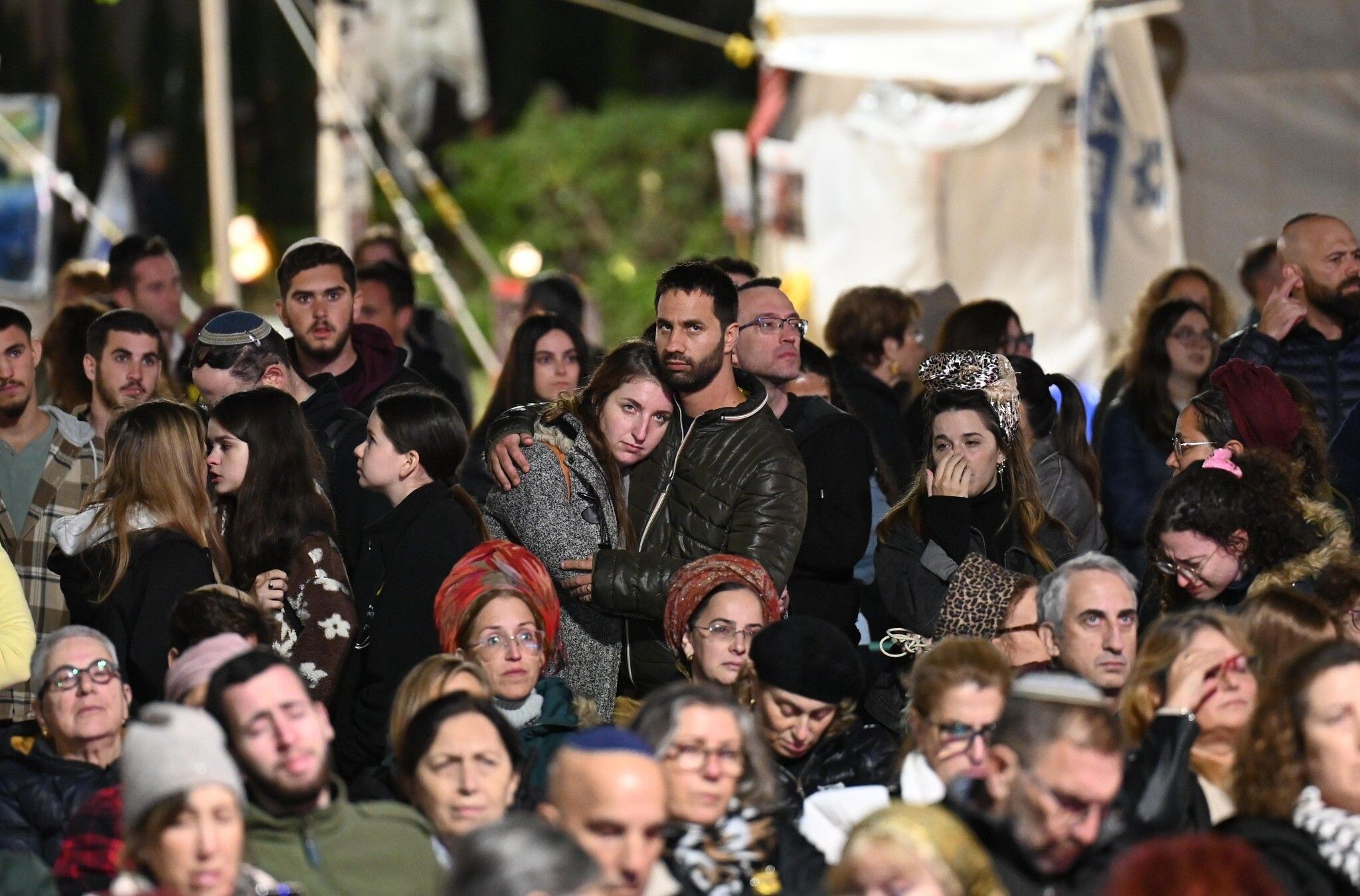
Israelis at Hostages Square in Tel Aviv calling for the release of hostages held by Hamas in Gaza, November 26, 2024. (Paulina Patimer / Pro-Democracy Protest Movement)

